Tie-1 Products
Tie-1/Tie and Tie-2/Tek are receptor tyrosine kinases with unique structural characteristics including two immunoglobulin-like domains flanking three epidermal growth factor (EGF)-like domains, followed by three fibronectin type III-like repeats in the extracellular region, and a split tyrosine kinase domain in the cytoplasmic region. Tie-2 is a receptor for the angiopoietin (ANG) family: ANG-1, ANG-2, and ANG-3 (mouse)/-4 (human). It is involved in vascular stabilization and remodeling. Although less well understood, Tie-1 may also act as an ANG receptor, possibly in complex with Tie-2.
Human Tie-1 cDNA encodes a 1138 amino acid (aa) residue precursor protein with a 24 residue putative signal peptide, a 735 residue extracellular domain and a 354 residue cytoplasmic domain. Ligands which bind and activate Tie-1 have not been identified. Based on gene targeting studies, the in vivo functions of Tie-1 have been shown to be related to endothelial cell differentiation and the maintenance of integrity of the endothelium.
53 results for "Tie-1" in Products
53 results for "Tie-1" in Products
Tie-1 Products
Tie-1/Tie and Tie-2/Tek are receptor tyrosine kinases with unique structural characteristics including two immunoglobulin-like domains flanking three epidermal growth factor (EGF)-like domains, followed by three fibronectin type III-like repeats in the extracellular region, and a split tyrosine kinase domain in the cytoplasmic region. Tie-2 is a receptor for the angiopoietin (ANG) family: ANG-1, ANG-2, and ANG-3 (mouse)/-4 (human). It is involved in vascular stabilization and remodeling. Although less well understood, Tie-1 may also act as an ANG receptor, possibly in complex with Tie-2.
Human Tie-1 cDNA encodes a 1138 amino acid (aa) residue precursor protein with a 24 residue putative signal peptide, a 735 residue extracellular domain and a 354 residue cytoplasmic domain. Ligands which bind and activate Tie-1 have not been identified. Based on gene targeting studies, the in vivo functions of Tie-1 have been shown to be related to endothelial cell differentiation and the maintenance of integrity of the endothelium.
Contains 4 membranes - each spotted in duplicate with 49 different RTK antibodies
| Reactivity: | Human |
| Details: | Goat IgG Polyclonal |
| Applications: | WB, Flow, IHC, CyTOF-ready |
Contains 4 membranes - each spotted in duplicate with 39 different RTK antibodies
| Reactivity: | Human |
| Details: | Mouse IgG1 Monoclonal Clone #88016 |
| Applications: | WB, IHC, ICC |
| Assay Range: | 156 - 10,000 pg/mL |
| Applications: | ELISA |
| Reactivity: | Human |
| Details: | Goat IgG Polyclonal |
| Applications: | Flow |
| Source: | NS0 |
| Accession #: | P35590 |
| Applications: | BA |
| Source: | NS0 |
| Accession #: | Q06806.3 |
| Applications: | BA |
| Reactivity: | Human |
| Details: | Goat IgG Polyclonal |
| Applications: | WB |
| Reactivity: | Human |
| Details: | Mouse IgG1 Monoclonal Clone #6F12 |
| Applications: | WB, ELISA, Flow, CyTOF-ready |
| Applications: | ELISA |
| Applications: | ELISA |
| Reactivity: | Human, Porcine |
| Details: | Mouse IgG2a Kappa Monoclonal Clone #C2 |
| Applications: | IHC |
| Applications: | ELISA |
| Reactivity: | Human |
| Details: | Mouse IgG1 Monoclonal Clone #6F12 |
| Applications: | WB, ELISA, Flow, CyTOF-ready |
| Reactivity: | Human |
| Details: | Mouse IgG1 Monoclonal Clone #6F12 |
| Applications: | WB, ELISA, Flow, CyTOF-ready |
| Reactivity: | Human |
| Details: | Mouse IgG1 Monoclonal Clone #6F12 |
| Applications: | WB, ELISA, Flow, CyTOF-ready |
| Reactivity: | Human |
| Details: | Mouse IgG1 Monoclonal Clone #6F12 |
| Applications: | WB, ELISA, Flow, CyTOF-ready |
| Reactivity: | Human |
| Details: | Mouse IgG1 Monoclonal Clone #6F12 |
| Applications: | Flow |
| Reactivity: | Human |
| Details: | Mouse IgG1 Monoclonal Clone #6F12 |
| Applications: | WB, ELISA, Flow, CyTOF-ready |
| Reactivity: | Human |
| Details: | Mouse IgG1 Monoclonal Clone #6F12 |
| Applications: | WB, ELISA, Flow, CyTOF-ready |




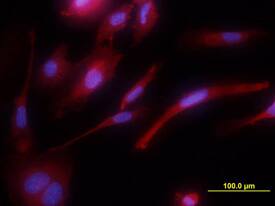

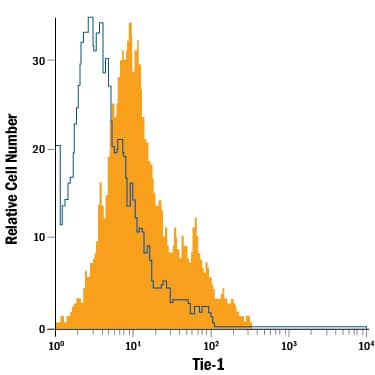

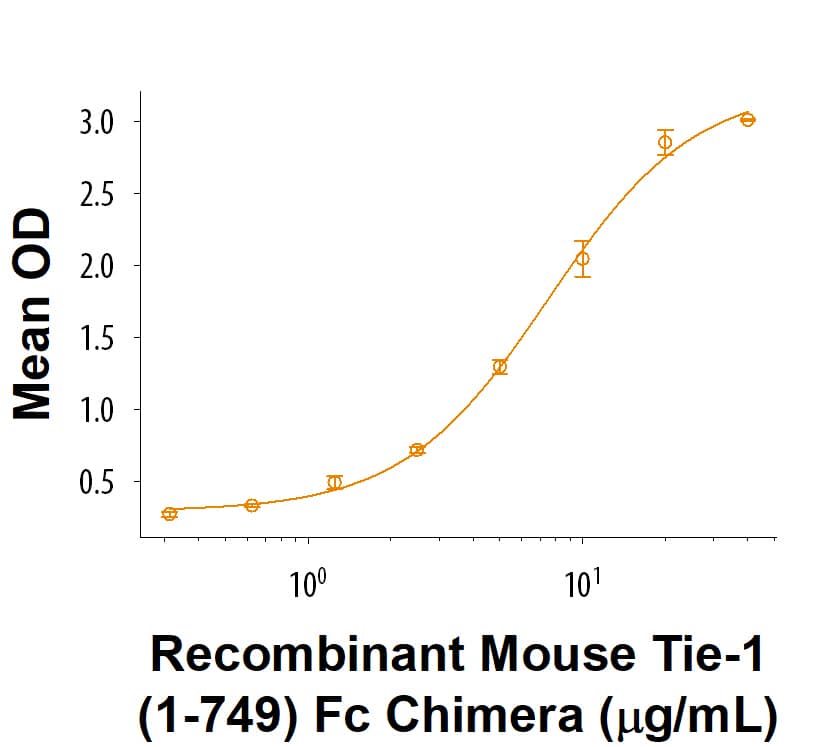

![Western Blot: Tie-1 Antibody (6F12)Azide and BSA Free [NBP1-18610] Western Blot: Tie-1 Antibody (6F12)Azide and BSA Free [NBP1-18610]](https://resources.bio-techne.com/images/products/Tie-1-Antibody-Cl-6F12-Western-Blot-NBP1-18610-img0004.jpg)
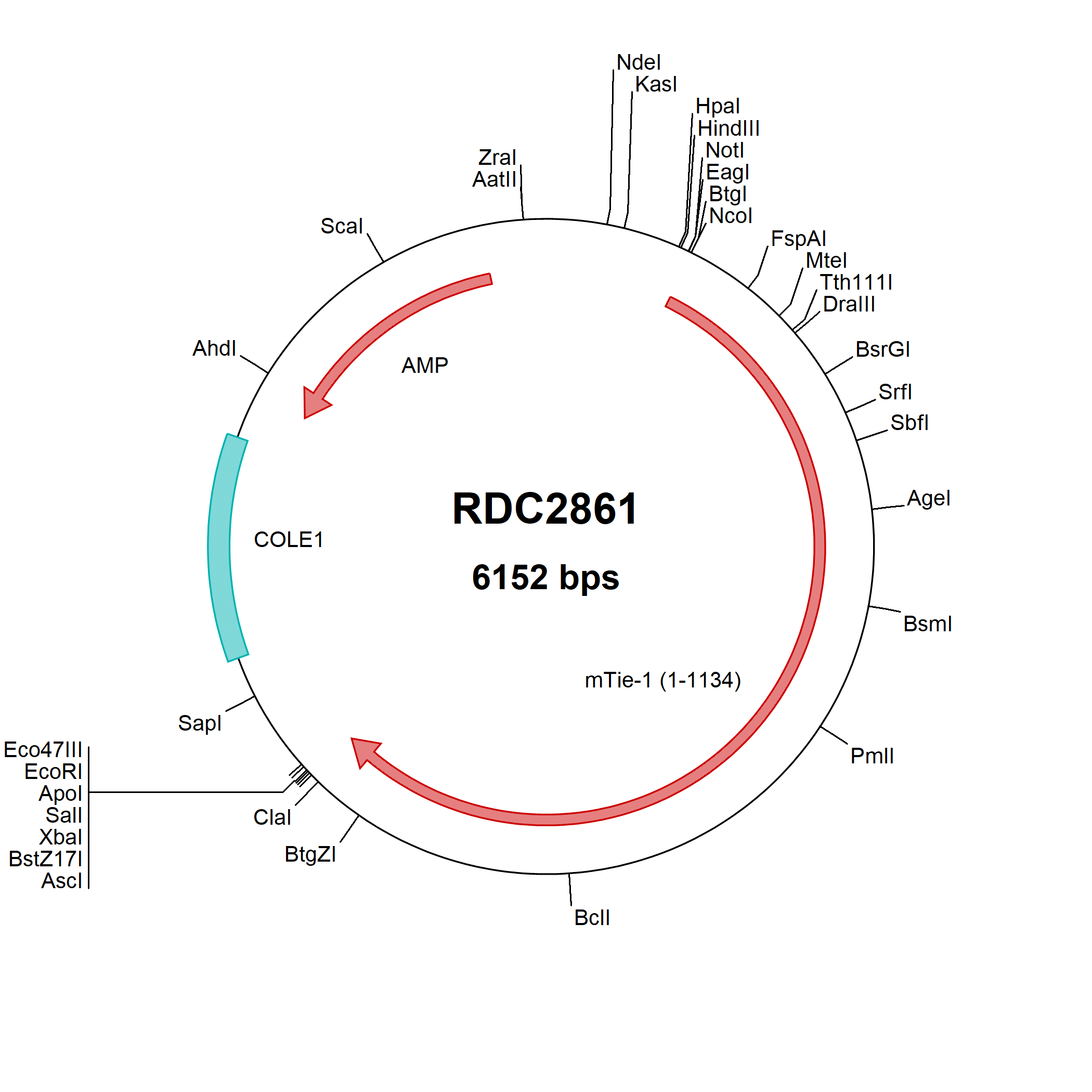
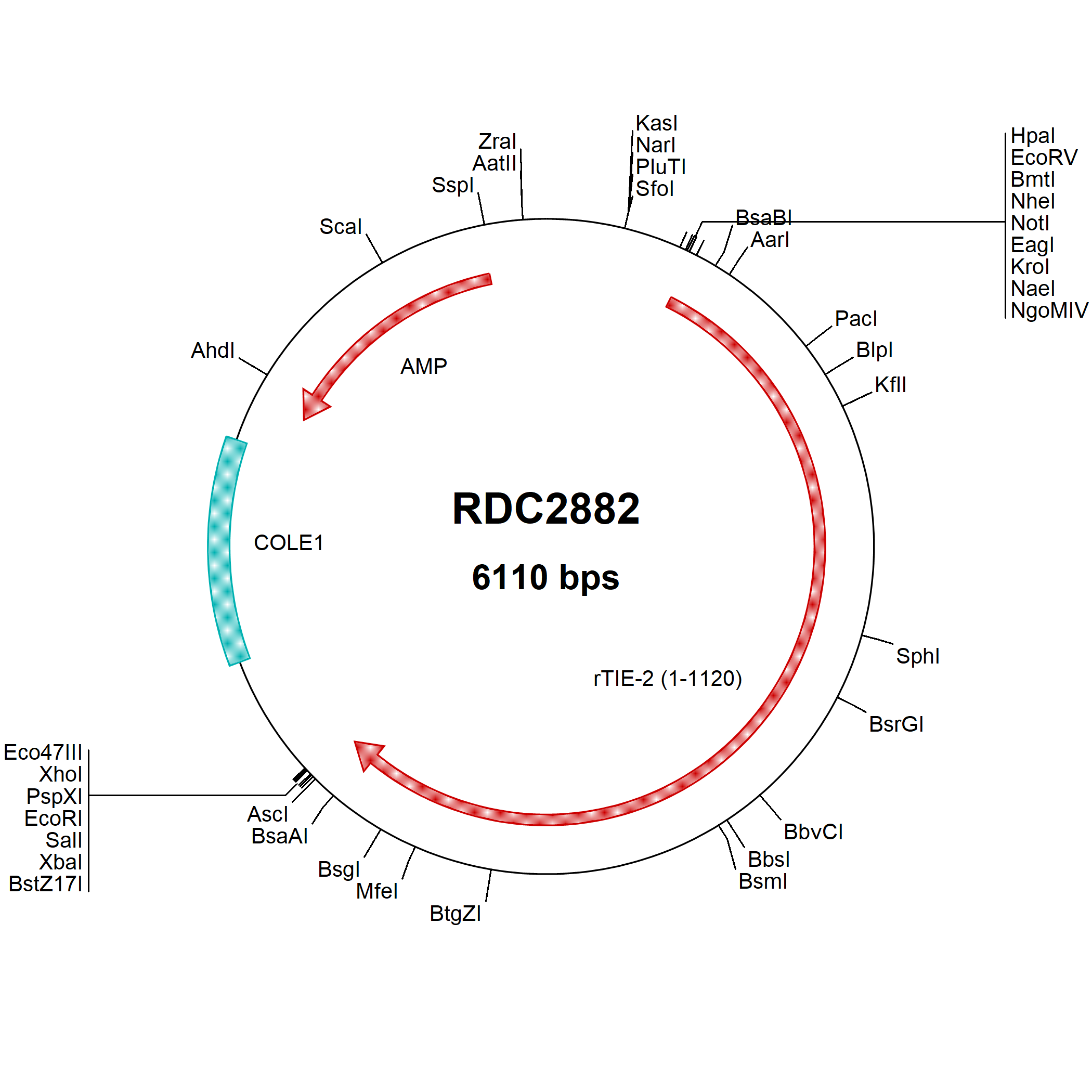
![ELISA: Mouse Tie-1 ELISA Kit (Colorimetric) [NBP2-68259] - Mouse Tie-1 ELISA Kit (Colorimetric)](https://resources.bio-techne.com/images/products/nbp2-68259_mouse-tie-1-elisa-kit-colorimetric-132202416254096.jpg)
![ELISA: Human Tie-1 ELISA Kit (Colorimetric) [NBP2-68260] - Human Tie-1 ELISA Kit (Colorimetric)](https://resources.bio-techne.com/images/products/nbp2-68260_human-tie-1-elisa-kit-colorimetric-132202416243420.jpg)
![Immunohistochemistry-Paraffin: Tie-1 Antibody (C2) [NBP3-41530] - Tie-1 Antibody (C2)](https://resources.bio-techne.com/images/products/nbp3-41530_mouse-tie-1-mab-c2-612202421175926.jpg)
![ELISA: Human Tie-1 ELISA Kit (Chemiluminescence) [NBP2-67998] - Human Tie-1 ELISA Kit (Chemiluminescence)](https://resources.bio-techne.com/images/products/nbp2-67998_human-tie-1-elisa-kit-chemiluminescence-13220241626435.jpg)
